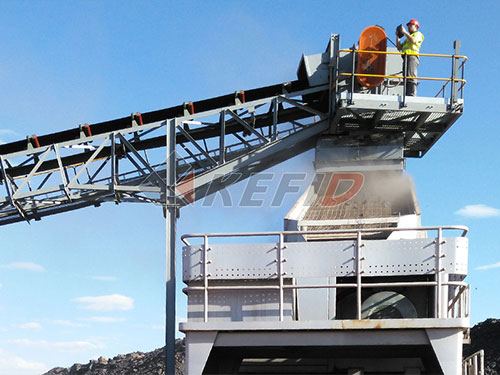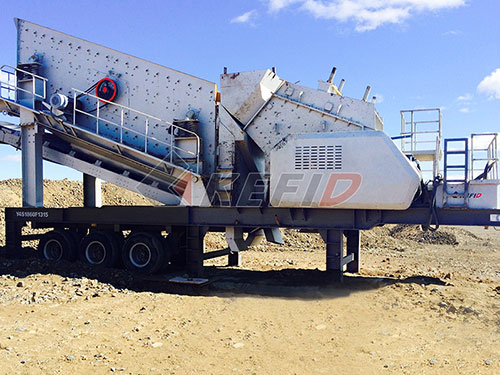The Legend Lives On: Your Guide to Finding an Authentic M22 Rock Crusher Transmission for Sale
The mere mention of “M22 Rock Crusher” sends shivers down the spine of any serious classic muscle car enthusiast or collector. Synonymous with raw power, durability, and an unmistakable mechanical symphony under hard acceleration, this legendary transmission wasn’t just a gearbox; it was a statement of intent from General Motors during the peak of the horsepower wars.
Born from Necessity: The Genesis of a Legend
As Chevrolet and Pontiac pushed their big-block engines towards ever-higher outputs in the mid-to-late 1960s – think L78 396s, L72 427s, LS6 454s for Chevy; Ram Air III and IV 400s for Pontiac – they encountered a significant problem: their standard heavy-duty transmissions couldn’t always handle the brutal torque multiplication during aggressive shifts at high RPMs.
Enter BorgWarner and its T10 family of four-speed manual transmissions. While robust in their own right for many applications, even heavy-duty variants like the M20 wide-ratio and M21 close-ratio transmissions sometimes succumbed under extreme duress from these fire-breathing engines.
The solution was born out of sheer engineering necessity: create an even stronger gearset capable of surviving behind GM’s mightiest engines destined for both street supremacy and track dominance.
Engineering Excellence: What Made it Crush Rocks?

The M22 earned its iconic “Rock Crusher” moniker purely through auditory experience – its unique gear whine under load sounded like rocks being ground together within a crusher drum. This distinctive sound wasn’t just noise; it was an audible testament to its overbuilt construction:

1. Helical Cut Angle: This is arguably the defining characteristic.
Standard T10 gears (like those in M20/M21) used helical cuts at approximately 45 degrees. This provided smoother engagement but also generated significant axial thrust loads within the case during operation.
The M22 utilized an aggressive 20-degree helical angle. This drastically reduced axial thrust forces on bearings and case components.
2. Robust Gear Design: To compensate for potential stress concentrations caused by the shallower helix angle:
Gear teeth were significantly wider than those found on M20/M21 transmissions.
Tooth profiles were designed with greater strength margins.
3. Reinforced Case: While visually similar externally to other

Leave a Reply